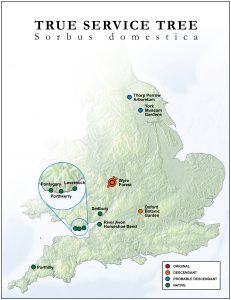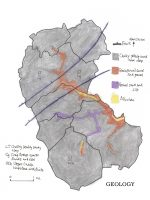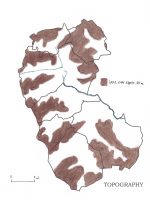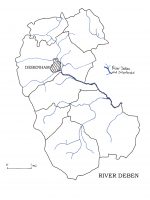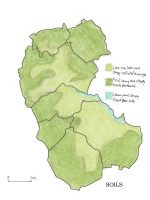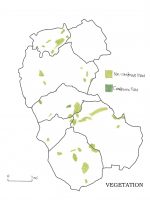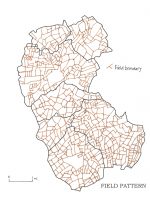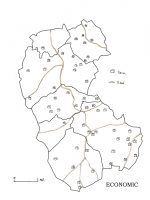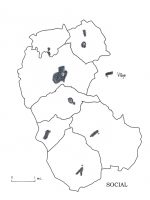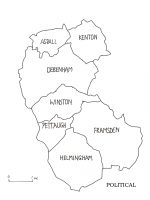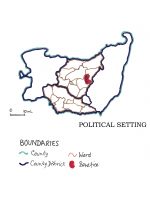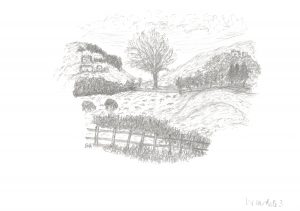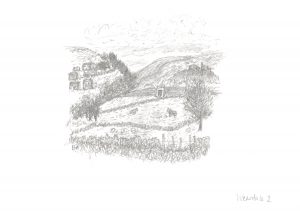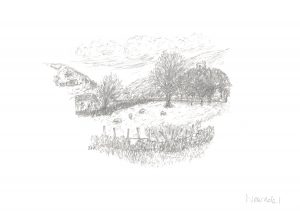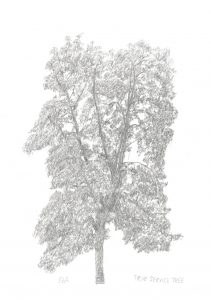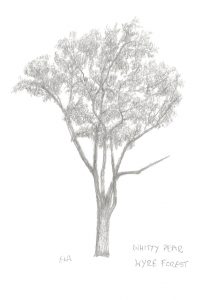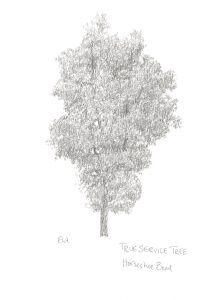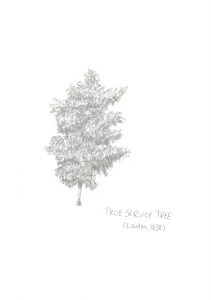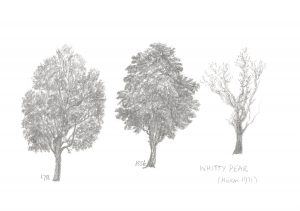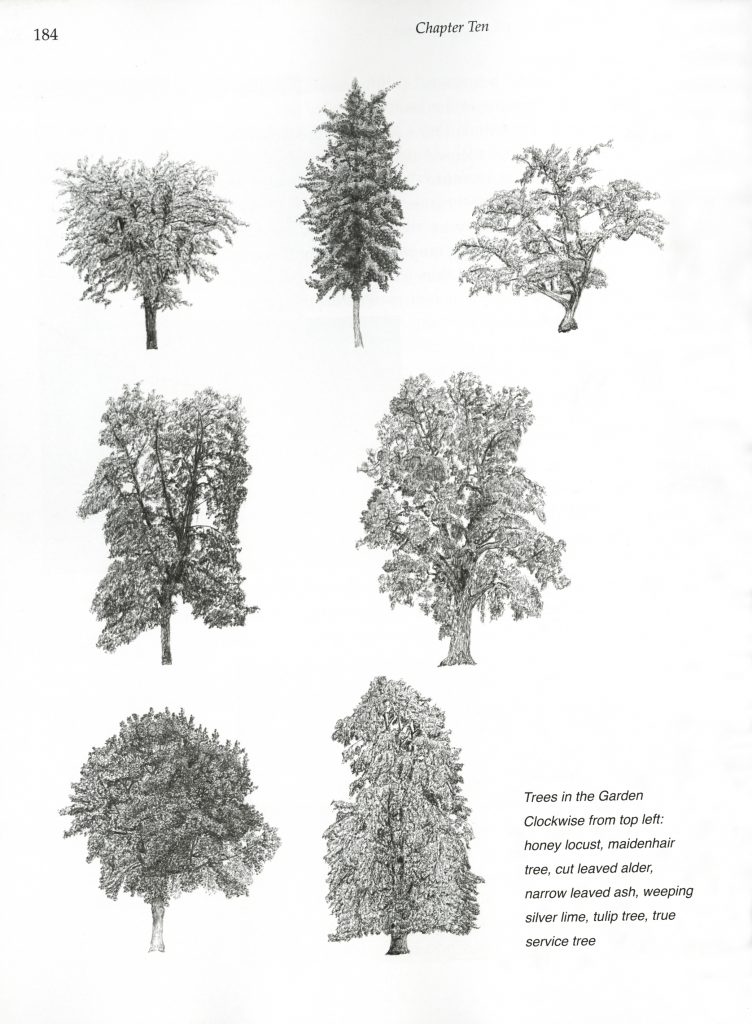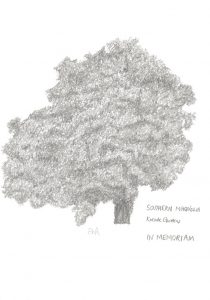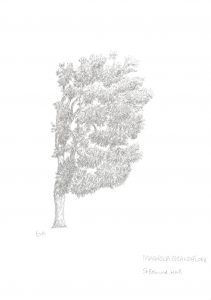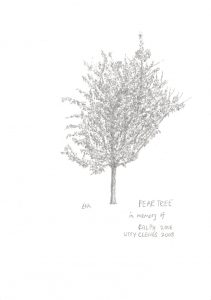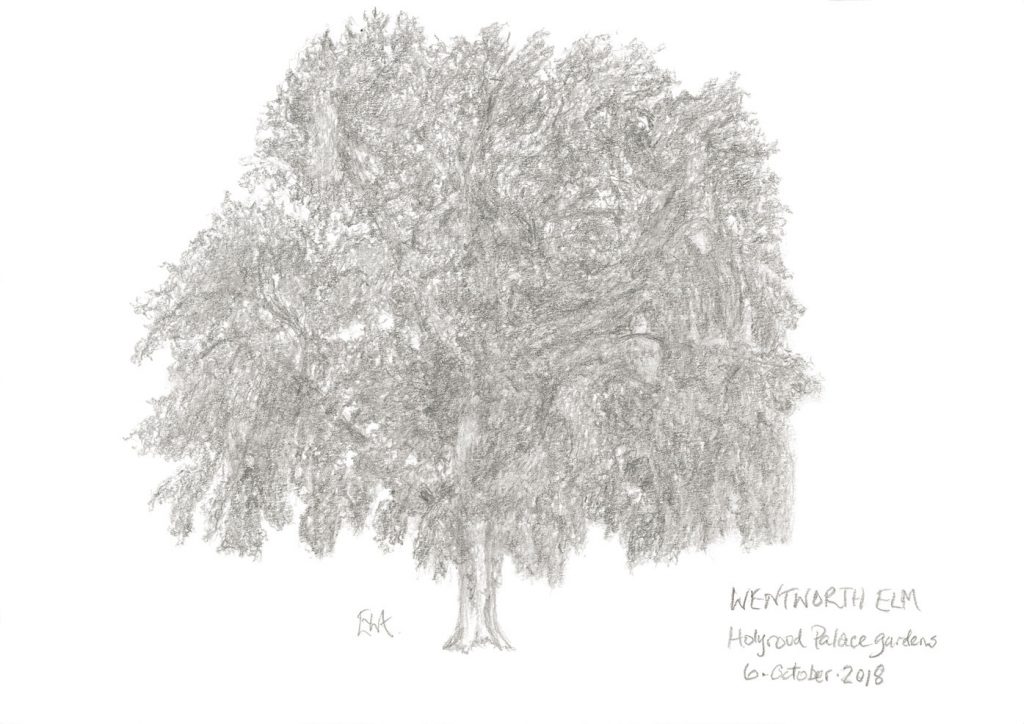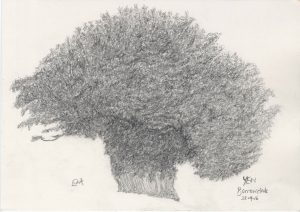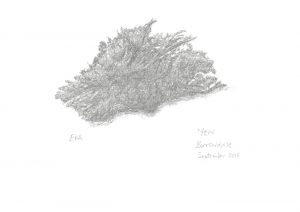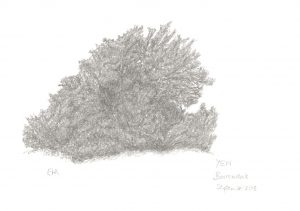Established as a utopian experiment by William Mills in 1825, Yellow Springs village followed directly from the foundation of New Harmony, Indiana, by Robert Owen, the British philanthropist from New Lanark. Yellow Springs is now a large arts community with a population of over 3,700, reinforced by the students of Antioch College, one of the earliest progressive schools.
Every year, the Yellow Springs Arts Council hosts, among a range of events, a high profile public exhibition. Ewan has been privileged to have a picture exhibited at four of these exhibitions. The most recent, in the Spring of 2020 was sadly foreshortened by Covid-19. It was entitled Pareidolia and Ewan’s picture is of an appropriate tree at St Edmund Hall.
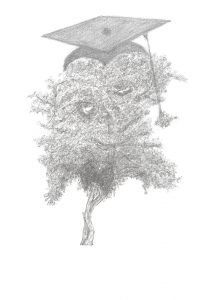
St Edmund Hall Magnolia Pareidolia – D1
For 2021, the subject for the exhibition is ‘Isolation’ and Ewan’s contribution is ‘Sycamore Gap’.
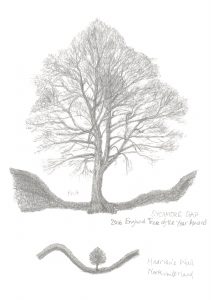
Sycamore Gap – D18
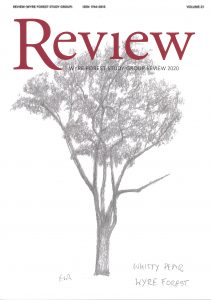 This is the annual report (2020) of the Wyre Forest Study Group. Wyre Forest is an ancient landscape, the fauna and flora of which have been subject to scientific scrutiny for many years.
This is the annual report (2020) of the Wyre Forest Study Group. Wyre Forest is an ancient landscape, the fauna and flora of which have been subject to scientific scrutiny for many years.
